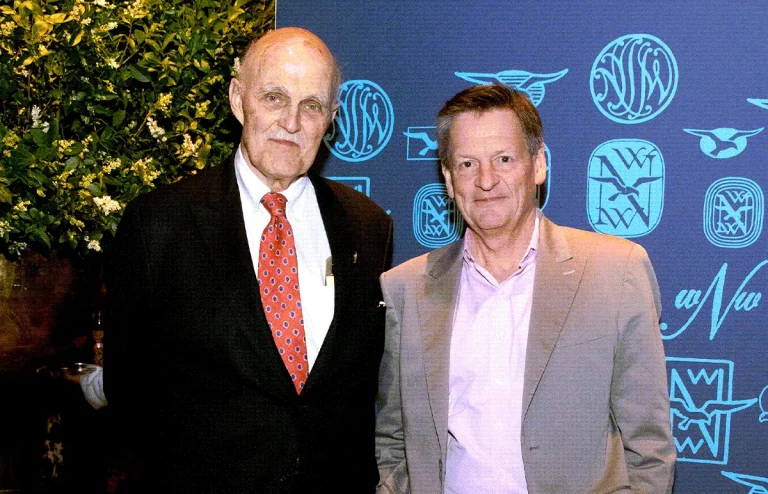3 Big Questions Facing Communicators in 2026
Workplace culture is at a crossroads, from where we work and what we say about diversity to how we tell stories
Life is full of contradictions, especially in the workplace. Are we ordering everyone back to the office but looking the other way when they don’t? Did we really trash all things DEI, or are we just calling it by another name? And with our full embrace of artificial intelligence, are we letting it take over our storytelling?
These issues have been percolating for a while, but they’ll likely come to a head in 2026. Here’s a little background on each, followed by insights from Ragan Consulting Group’s resident culture guru and noted brain nerd, Kristin Graham.
1. Back to the office, sort of. Workplace return-to-office mandates are certainly on the rise, reports Charter, a workplace research firm that publishes on Time.com. Full-time office mandates have nearly doubled in Fortune 500 companies since the fourth quarter of last year, from 13% to 24%. There’s just one problem: Few employees are actually returning.
The latest data from the Flex Index shows that two out of three companies are maintaining their flexible work arrangements. As one communicator told me after I taught an in-person workshop at the company headquarters: “I can’t imagine having to come to the office every day.”
On the darker side of this question, Fortune reports that business leaders told the Federal Reserve’s Beige Book that mandatory return-to-office policies were helping them reduce head count through attrition instead of layoffs.
As Aki Ito, Business Insider’s chief correspondent on work, observed, employees who choose to quit in response to an RTO mandate (or any other reason) are generally not eligible to collect the severance or health benefits that laid-off workers often get.
“It’s layoffs on the cheap,” she wrote in May.
Kristin Graham’s take: “If you want employees in the office, give them a reason, not a rule.” The contradiction here is that proximity doesn’t always equal productivity, she said.
“The human brain loves autonomy, yet we also crave community. Both are true. The opportunity for communicators is to help leaders reframe the office not as a mandate, but as a magnet — a place people choose because it offers something they can’t get at home: connection, collaboration, and culture (and maybe some great snacks).
“Belonging doesn’t happen when people badge in. It happens when they buy in,” Graham said.
2. Diversity may still be a “no-no,” but that doesn’t mean people stopped caring about it.
George Floyd’s murder in Minneapolis on May 25, 2020, led to a mad dash to create Diversity, Equity and Inclusion programs. Many companies hired chief diversity officers, began publishing their annual hiring and promotion efforts and adopted new rules of behavior to make employees feel like they “belonged.”
What happened to DEI was that it became its own thing, rather than part of the overall company culture, says Kim Clark, an RCG communications strategist. And that left it open to attack.
DEI became a lightning rod for the nation’s political divide. When Donald Trump reclaimed the White House, he began dismantling DEI programs in both the public and private sectors by terminating grants and contracts and threatening legal action against companies, nonprofits and universities.
One communicator told me he had to wash away all references to diversity and inclusion — even on past press releases — because his organization received millions of dollars a year in federal grants.
But employees didn’t suddenly stop caring about fairness, the value of a diverse workforce and the effect of better engagement on retention and recruitment. Some companies have ditched the DEI label and talked of “building community” and maintaining their approach to diversity without advertising it, The Wall Street Journal reported.
Kristin’s take: “Changing the label doesn’t change the need,” she said. “When companies scaled back supported DEI efforts, they underestimated the psychological cost of invisibility.
“As humans, we have a primal need to feel seen and safe in the places where we spend the most time. The opportunity now is to shift from programs to practice. This means inclusion not as an initiative but as an instinct, evident in everyday actions and decisions. It’s time for a strategic shift where people see and feel consistent, credible and quiet patterns.”
3. AI is getting better all the time. Is that good for communications? Artificial intelligence is here to stay. There are too many positives about AI to turn back the clock.
As I’ve written before, my concern with AI as a writing tool is not that the end product is poor, but that it’s just good enough. And good enough is what limits communicators from the kind of storytelling that can truly engage an audience and boost an organization’s prospects.
I recently watched my friend and colleague Steve Crescenzo teach a workshop on how to train your chatbot to be a good reporter and writer. To me, this sounded a lot like “How to Train Your Dragon,” but with a far worse ending.
But I’ve got to hand it to Steve. He walked the group through his extensive process, emphasizing that your AI assistant will only be as good as the information you give it to work with. And he worked his AI tool like a Marine drill sergeant.
I hope communicators will follow Steve’s excellent instruction, but I have my doubts. Not because they’re lazy, but because they are desperate for anything that will save them time and deliver something fast that will make it through approvals.
Of course, I also think that the creative work behind writing a good story — solid reporting, strong interviewing skills, story structure, all of it — is worth the time of a human, can be quite rewarding — and can be taught.
Here comes Kristin: “AI is a tool, not a voice,” she said. “AI can write faster, but humans connect deeper.
“Embrace AI as a productivity partner so you have more opportunities to showcase your skills,” she advised. “It can draft the notes, but it can’t create the nuance. The human brain is wired for story, emotion, and empathy — all the things that make communication stick.
“The future of comms will be about using AI to handle the noise so humans can amplify the nuance.”
Jim Ylisela, co-founder of Ragan Consulting Group, loves Kristin Graham’s nerdy brain. Want to find out more about a culture communications audit with Kristin? Email Jim to set up a free, 30-minute conversation.
Follow RCG on LinkedIn and subscribe to our weekly newsletter here.







